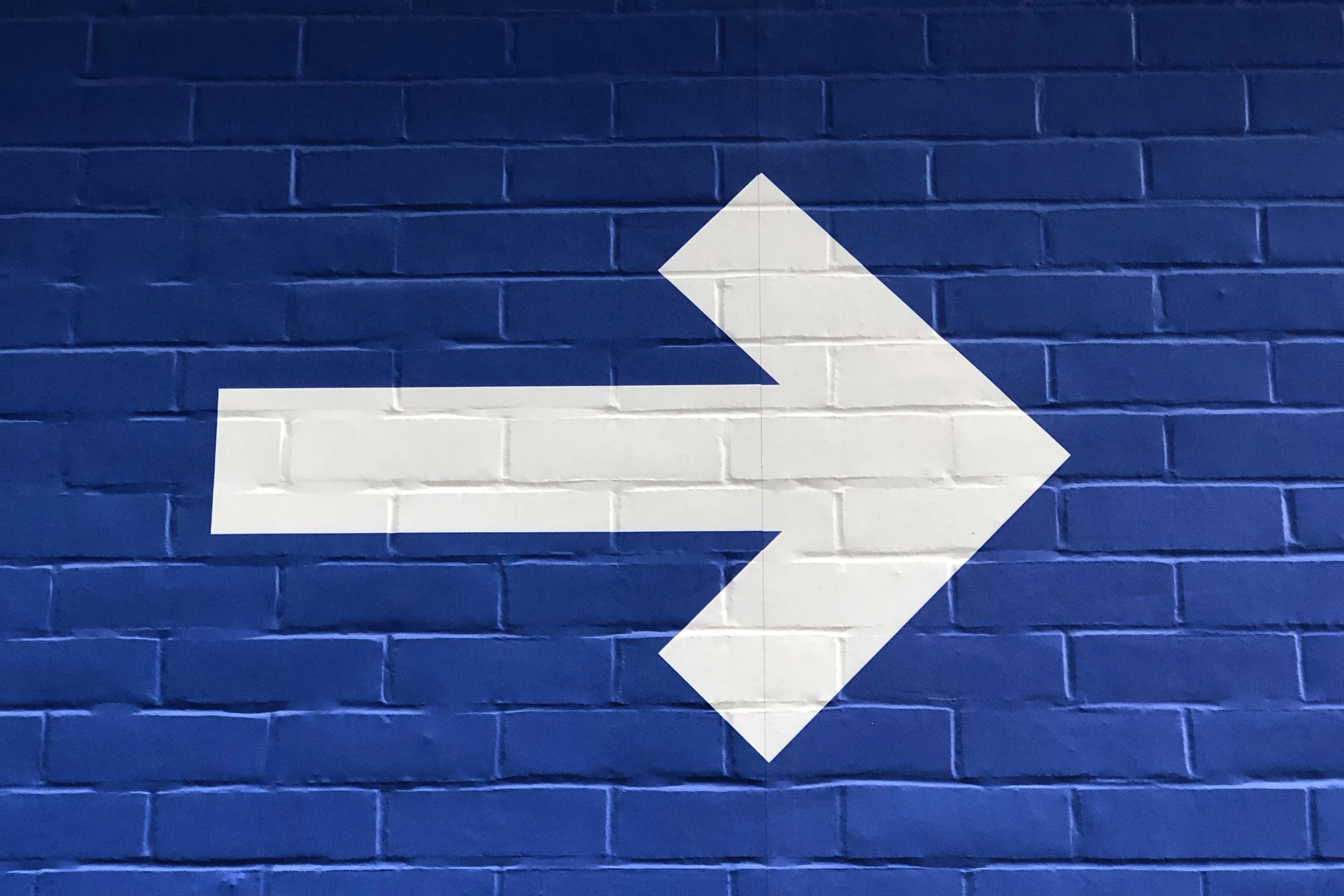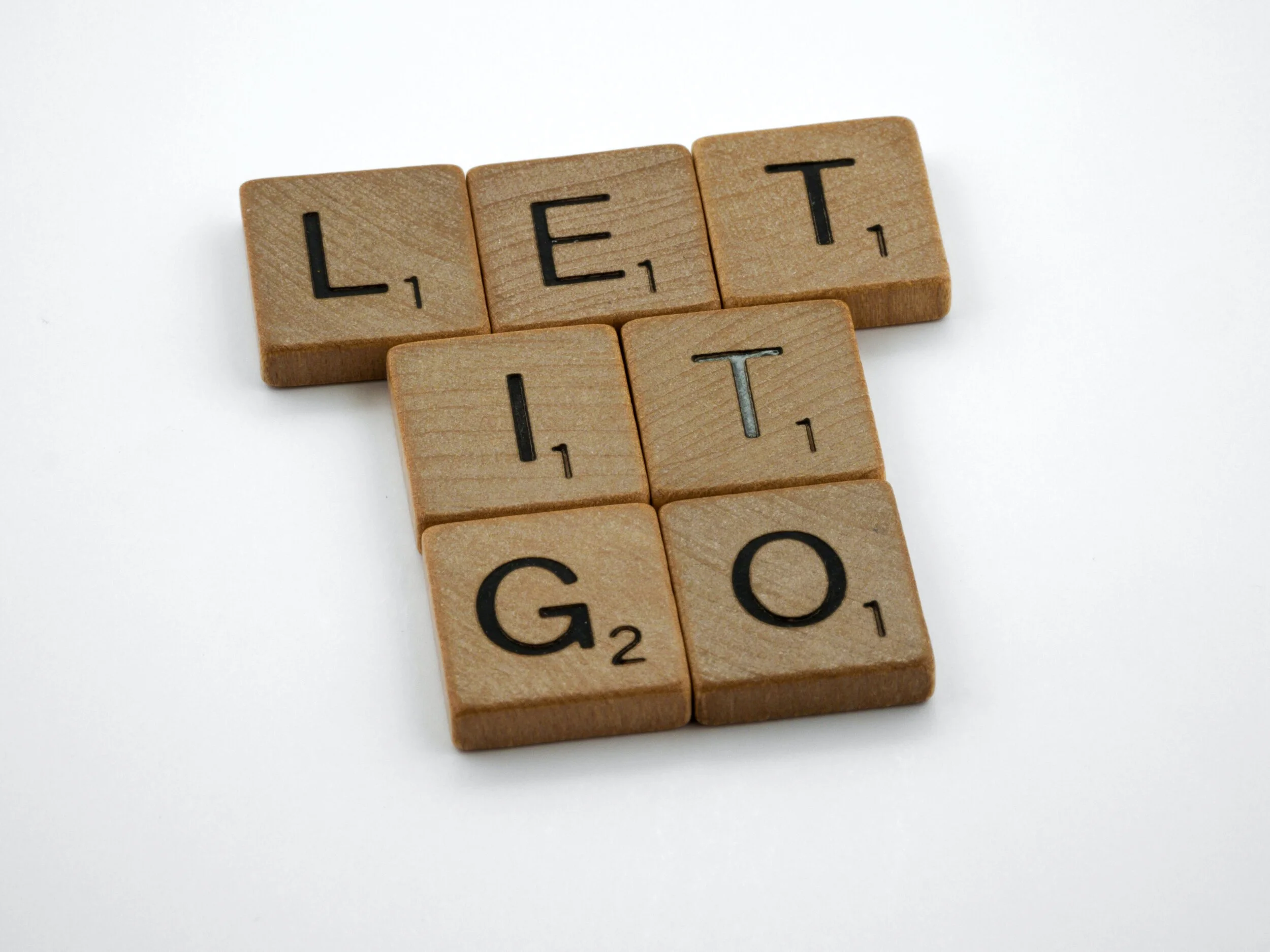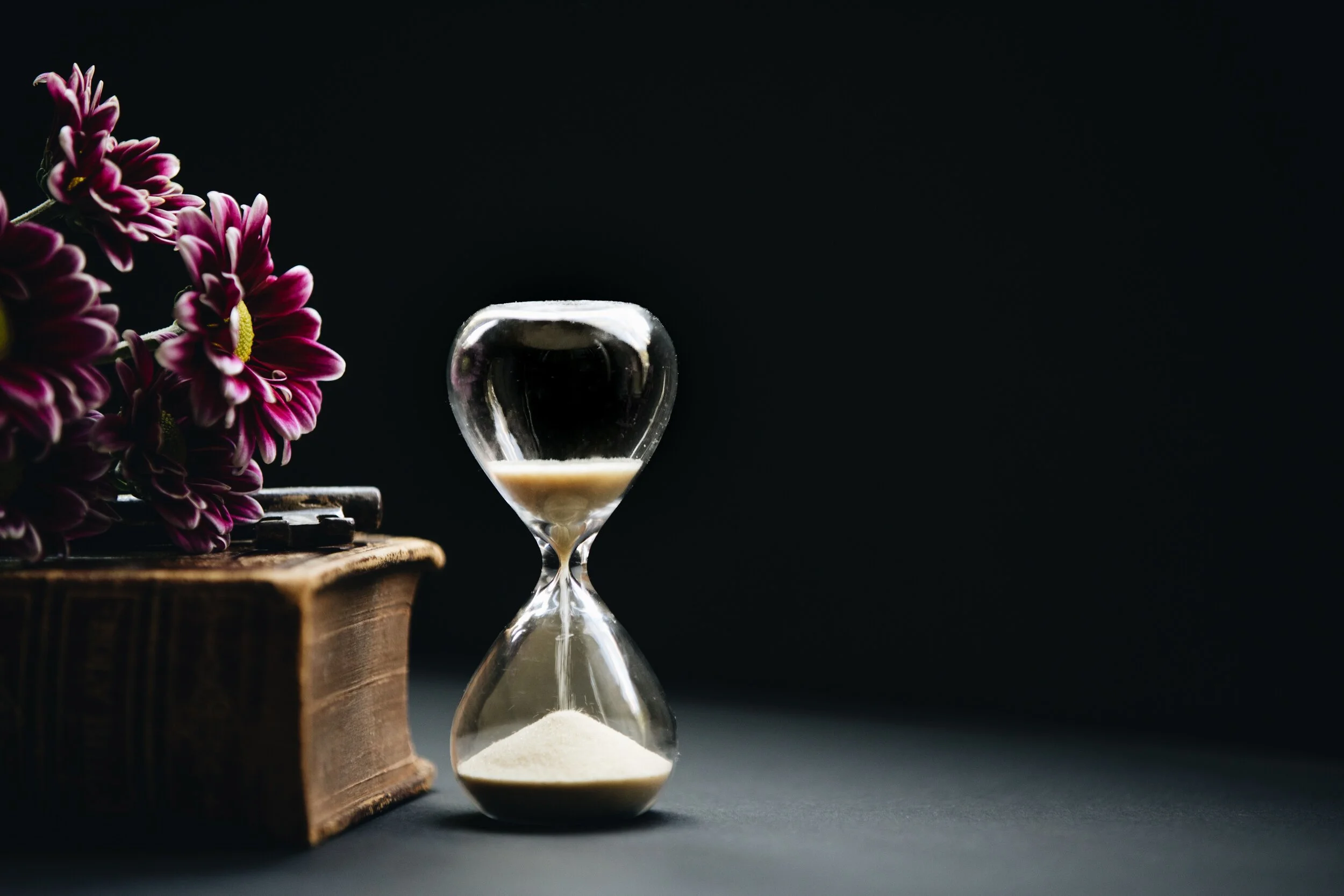In Favor of Nuance
Subtlety. Nuance. Elegance.
These are not words that come to mind very readily these days when we think about political dialogue or current events in general. The overarching sentiment can seem more “blunt instrument” than subtle, more careless than nuanced, more slipshod than elegant.
We seem to be losing our touch. Literally, in some ways.
So this week I’d like to hover for a moment over the value of nuance, and what happens when we seek it out and welcome it into our lives. I’ve been experimenting with this lately, and here are ten opportunities in everyday life where nuance has made a difference:
When identifying a female cardinal rather than a male cardinal
When noting the similarities between a magnolia flower and a lotus blossom
While listening to a violin versus a cello
When reading Diane Ackerman’s more recent book (The Genius of Birds) compared to her work from twenty years ago (A Natural History of the Senses)
When describing red versus scarlet to a child
When my teacher discerns intention from motivation
When I position my palms up, sometimes as a gesture of giving and sometimes as a gesture of receiving
When choosing kosher salt rather than Hawaiian pink salt
When comparing a glass half full with one that’s two-thirds full
When walking on the sand on a coastal beach compared with sand on an island
There are not blatantly obvious or blunt-instrument differences between these pairs of things, and that – subtlety – is indeed a good bit of the point.
There are plenty of ways to experience nuance in our wine lives too. We already do it when writing tasting notes, for example. We choose to write raspberry rather than strawberry. We distinguish black plum from ripe cherry, marjoram from thyme, white jasmine from honeysuckle, and straw-colored rather than lemon.
Can we also take that exercise in nuance outside of the glass, as it were?
I’m finding it to be a nice idea when we do, because of the consequences of nuance in everyday practice. These can include accuracy of speech, more subtlety of meaning, better communication and fewer misunderstandings. Maybe we’ll even start to hear “But that isn’t what I meant!” less often.
My favorite consequence of nuance, though?
Elegance. We can arrive at elegance through careful attention to detail, from our words to our clothes to our patterns of thought.
That is always worth the effort.
It’s what I wish for you this week: nuance, and all of its happy, elegant, subtle side effects.
Let me know how it goes.
Namaste,
Cathy
What We're Reading:
Here's what has piqued our interest this week in the world of wine and mindfulness.
When my life came apart, I struggled to find the therapy I needed – LA Times
As a gay Latino, I encountered limited and lacking treatment options.
Joshua James Curates Non-Alcoholic Community – SF Standard
The Ocean Beach Cafe resident aims to spread joy through N/A bevvies.
Sifting the damage of pandemic-era drinking – Harvard Gazette.com
Alcohol use soared during the pandemic. The Medical School's Marisa Silveri and other Harvard experts talk about alarming drinking trends, safe weekly limits, and approaches for cutting back or quitting.
LISTEN: Happiness Break: How to Be Your Own Best Friend – Greater Good.com
Show yourself real self-kindness in less than 10 minutes with this self-compassion break guided by psychologist Kristin Neff.
Sign Up: Healthy Pour Community Seminar Series
Hospitality consultancy Healthy Pour is offering 22 FREE seminars over the next six months starting July 5. Led by Founder, Laura Green, the seminar series offers in-depth interviews and discussion topics on the issues facing the beverage alcohol and hospitality business.
Offered free of charge to industry professionals. the series makes the training and education provided by Health Pour accessible to individuals and groups interested to learn more about wellbeing at work. Register here at at HealthyPour.org and tell Laura that ABG sent you!







